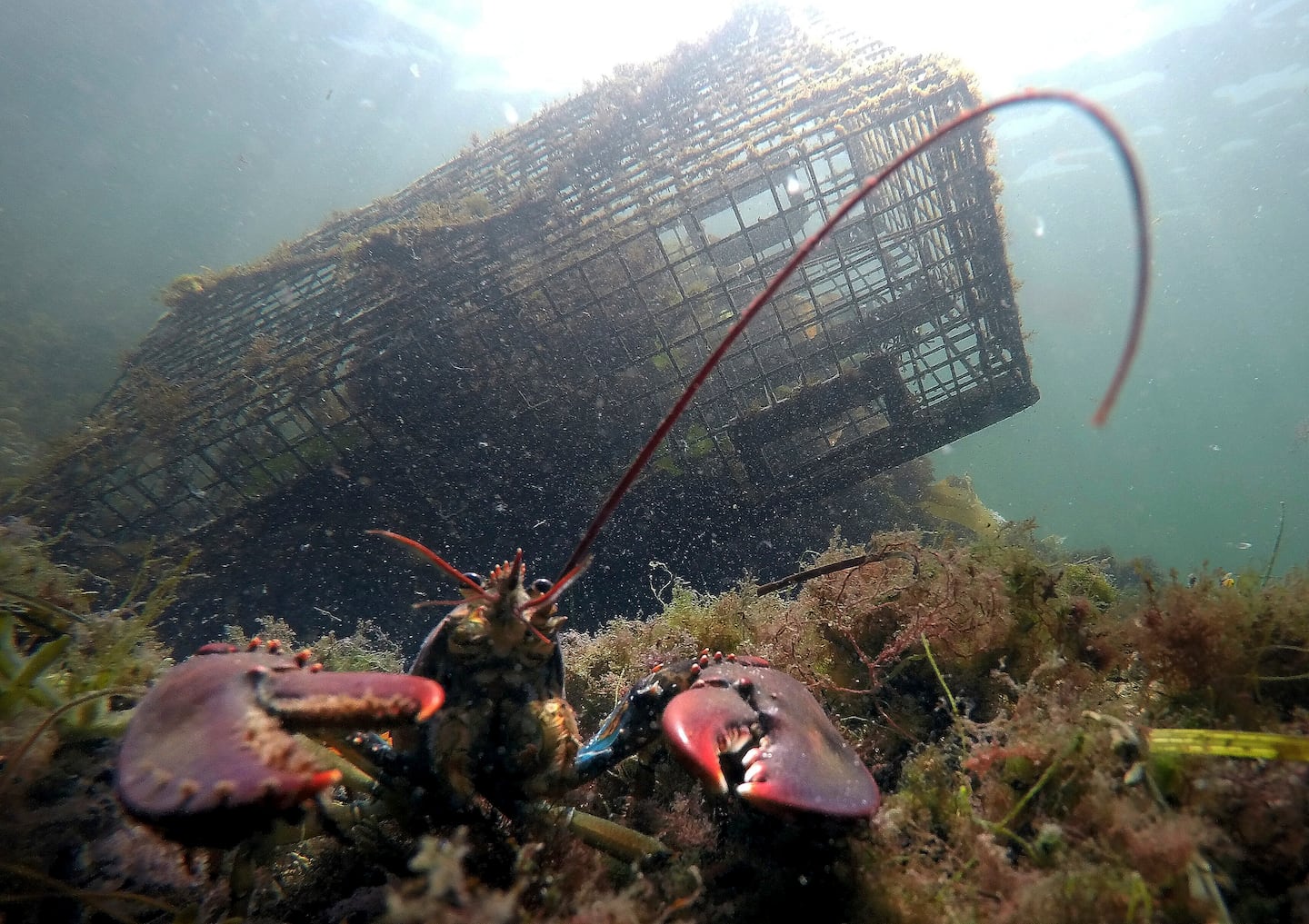Copyright The Boston Globe

It was an epic failure. Of the 150 live lobsters loaded onto the train, only four survived. Stone’s assistant deposited the few pitiful survivors in the water at Oakland’s Long Wharf and glumly reported in his journal: “The four lobsters themselves probably did not live.” Throughout modern history, humans have tried to transplant American lobster to other parts of the globe to develop new fisheries. Scientists have attempted it in Japan, South Carolina, British Columbia, England, Texas, and elsewhere. The results are always the same. None of those making the attempts have understood just how vulnerable these creatures are to changes in their environment and how they’ve evolved over millions of years to thrive exclusively in the cold waters off New England and Atlantic Canada. Unlike so many other seafoods from shrimp to oysters to salmon, lobsters also refuse to be farmed. Although we can grow juvenile lobsters in a hatchery, we can’t raise them to adulthood in a timely, cost-effective way that replicates what the ocean does naturally. Farming isn’t viable because lobsters, which can take as long as seven years to reach adult size, don’t do well in cramped conditions. Preferring to roam widely, they tend to attack and eat one another when confined together, which is why we put rubber bands on their claws when they’re caught. Also, crowding can make them vulnerable to health problems. This means fishermen still need to go to where the lobsters are. That’s why there’s little room for error as fishermen, fisheries managers, and politicians ponder the future of New England’s once-booming lobster industry. In New England, lobsters have become scarcer in recent years after decades of overfishing, and as some scientists and long-time fishermen argue, warming waters move lobster populations northward to Canada’s colder coastline. As a result of this trend, Canadian fishermen now harvest more lobsters than fishermen in the United States. Veteran fishermen like Bob Baines of Spruce Head, Maine, say the declines in the lobster population have been alarming and sudden, leaving him and many others very worried about the future. In 2023, data from the Atlantic States Marine Fisheries Commission (ASMFC) shows, lobster stocks declined by more than 35 percent in the largest fisheries management area in the Gulf of Maine, automatically triggering the introduction of new conservation measures. Maine’s Department of Marine Resources proposed raising the minimum size of lobster that fishermen could legally catch by a 16th of an inch. The proposed increase was twice as large as the last size increase 30 years ago. Some fishing groups reacted angrily, questioning the science behind the proposed changes and arguing that the data used by the ASMFC was outdated. They also argued that an increased minimum size requirement would put US lobstermen at a competitive disadvantage with Canadian harvesters. In response to intense industry backlash, regulators backed down. But America’s lobster industry can no longer afford to make decisions about its future by putting economic concerns over ecological ones. If the goal is a sustainable lobster trade that’s still providing good jobs in 20 years, then the industry needs to make difficult changes now. As the ocean warms and the lobsters move north, fishermen have to lead conservation efforts, not fight them. American fishermen may have to consider a range of conservation measures, including ending year-round fishing and putting in place stricter trap limits, as their Canadian counterparts have done. These ideas can be a hard sell, of course, especially among heavily indebted younger fishermen under pressure to catch as much as possible. But many older fishermen like Baines recognize the industry needs to start doing things differently. The last time US lobstermen were faced with an increase in minimum size rules, in the 1990s, we heard the same arguments about a competitive disadvantage with the Canadians. Some seemed ready to riot over the suggestion that they should let smaller lobster escape their traps and give them more time to grow. Dave Cousens, former long-time president of the Maine Lobstermen’s Association, defended the proposed change at the time to a hostile crowd of fishermen in Portland, Maine, according to an account in Fishermen’s Voice, an industry trade magazine. He argued the new conservation measures were ultimately in fishermen’s own best interests. American lobsters can thrive only in this small corner of the Atlantic Ocean. Anything that helps them survive a little longer is a good thing, he said. After all, throwing smaller lobsters back into the sea just means they can grow bigger and be caught later. “Fellas, we sell them by the pound,” he said. “If they get out and get fatter, they ain’t walking to Spain.”



